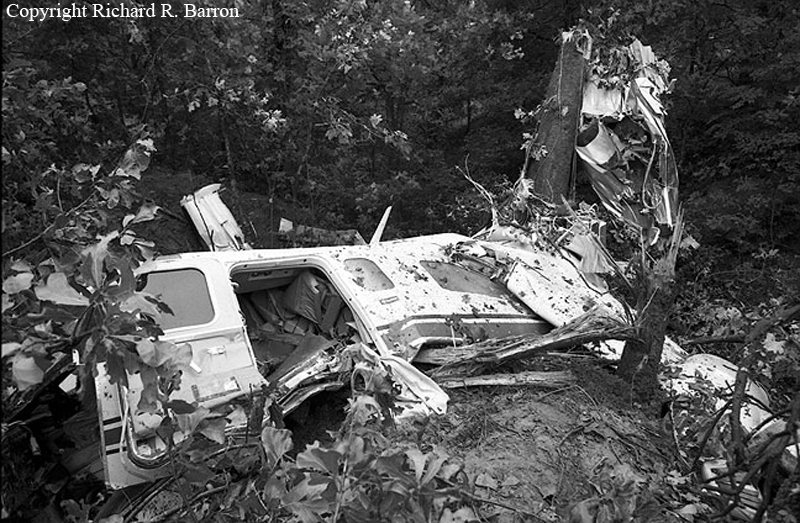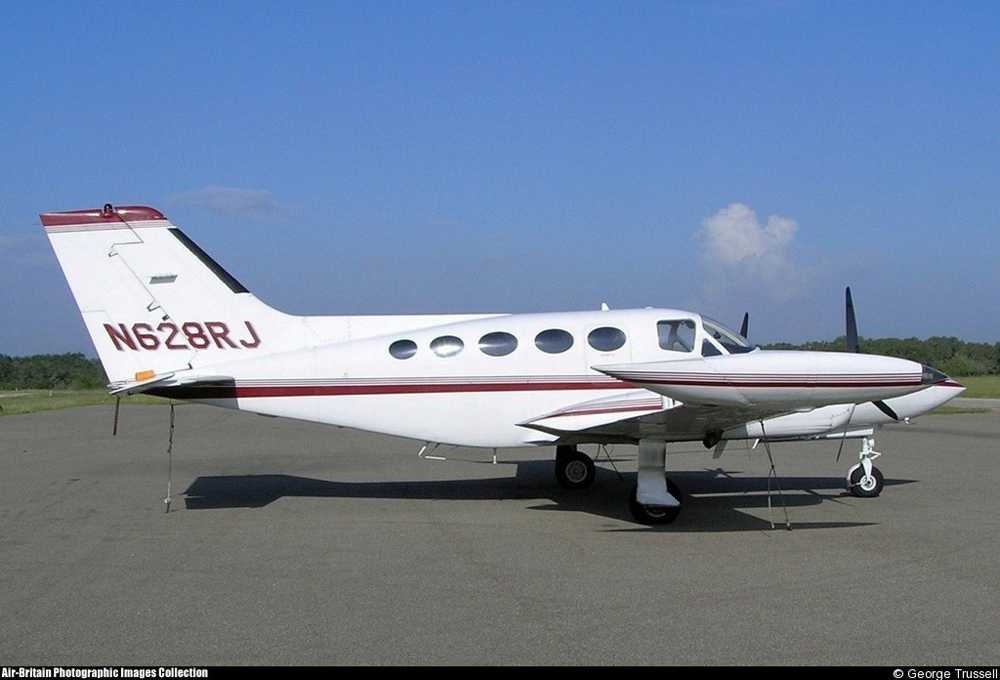Crash of a Cessna 207A Stationair 8-II in Dillingham
Date & Time:
Jul 20, 1992 at 0922 LT
Registration:
N9975M
Survivors:
Yes
Schedule:
Dillingham - New Koliganek
MSN:
207-0772
YOM:
1984
Crew on board:
1
Crew fatalities:
Pax on board:
0
Pax fatalities:
Other fatalities:
Total fatalities:
0
Captain / Total hours on type:
200.00
Circumstances:
The pilot bent down to retrieve the fire extinguisher between his feet and to replace it in the bracket located under the pilot's seat. When he looked up he saw a hill in front of the airplane. He pulled up and the airplane struck the hill but continued to fly. He pulled back on the yoke and added full power and the airplane entered the clouds. He noticed he was about to stall the airplane so he lowered the nose and the airplane immediately struck the hill again and nosed over.
Probable cause:
The pilot in command's failure to maintain visual lookout and clearance from terrain. A factor was the pilot diverted his attention to secure a loose fire extinguisher.
Final Report:








